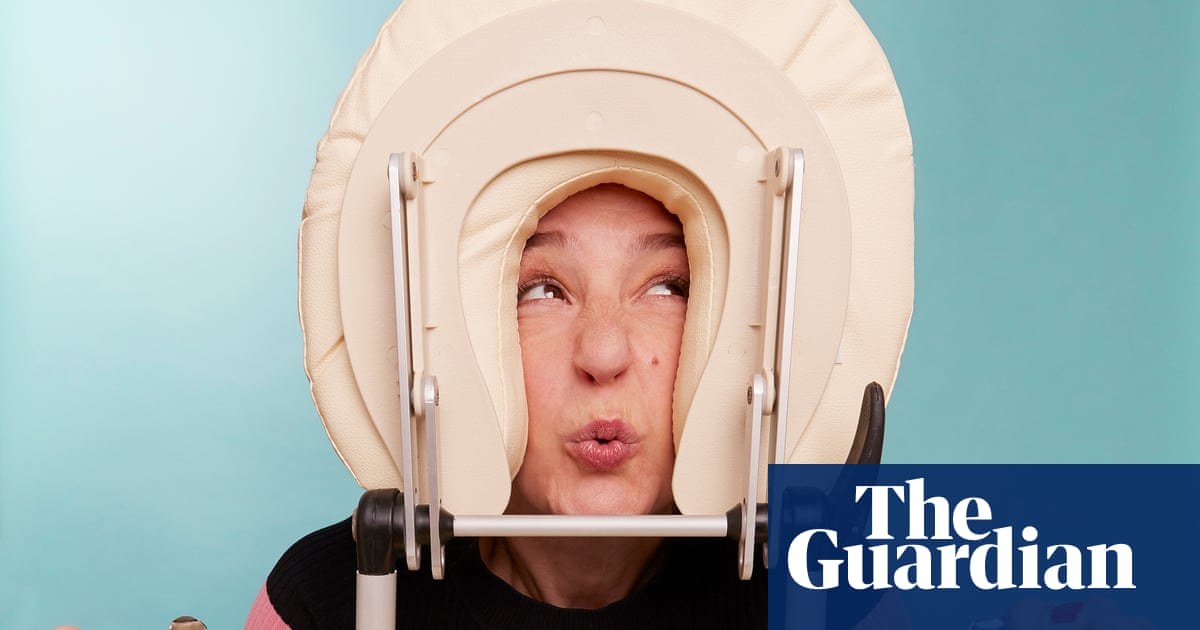
If you want to know the difference between a sports massage and a regular massage, you can scour the internet for ever. You will find sports masseurs making snide jokes about candles and whale music, and regular masseurs reminding the world that you don’t need to wear Lycra to understand anatomy. It wasn’t until I spoke to Kate Kahle, a sports massage therapist for 25 years, that I really understood. “Sports massage usually just targets a specific issue,” she said. “A regular massage will be the whole body. So a client might come in with shoulder problems, and as well as looking at the part that’s hurting, I look for the connections too.” In other words: regular massage makes you feel relaxed; sports massage stops things hurting.
I have never been interested in massage: I’ve always taken the opportunity to go immediately to sleep, missed the fabled benefits, then jolted into consciousness at 50 minutes, startled and a bit ashamed, wondering what he or she had to do to wake me up.
Then I hurt my neck, and had a sports massage from someone a friend recommended. It was an experience that cleared up the mystery of why, when you ask someone if they know an acupuncturist, for example, they’ll say, “I went to a brilliant guy, once, but he did puncture someone’s lung and I can’t remember his name,” whereas when you cast around for a sports massage therapist, people fall to their knees. The person they know is an angel; a miracle worker. Plainly, if there’s one thing people really like, it’s when things stop hurting.
“Every massage therapist has to have a basic anatomy and physiology qualification,” Kahle explains, “but when you’re trying to solve problems, you have to know how everything connects, where the attachment points are, how the circulatory system works.”
Muscles like to be stretched; tendons and ligaments, not so much. A good therapist can feel something deeper than tightness or tension; they can feel your heat in their fingers. “There will be increased blood circulation to injured areas,” says Kahle. “That’s the body’s way of saying there’s a problem.”
Wherever that problem is, it most likely either didn’t start there or will lead to something worse: that’s part of the talismanic property of the massage therapist – locating the source of the damage. It turns out that if your neck is killing you and you can’t even remember using it for sport, it might not even have been sport that did the damage; it could just as well be related to your sedentary lifestyle, to the way you cradle a phone between your ear and shoulder, to the ricocheting impact of one muscle’s tension upon another’s recovery.
In truth, I’ve been putting my neck out now and then for 20 years. I’ve tried everything: acupuncture, osteopathy, even asking the GP. Everything helps eventually, but nothing works as fast as this. I felt basically cured in one session. .
What I learned
Regular massage can help maintain flexibility as you age by increasing blood flow.
Source: TheGuardian
